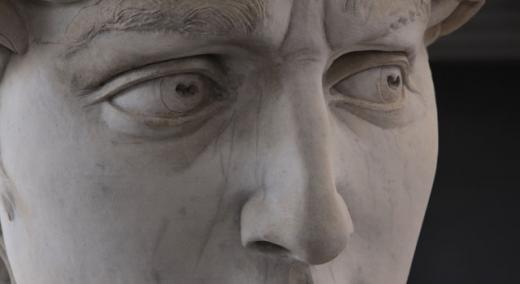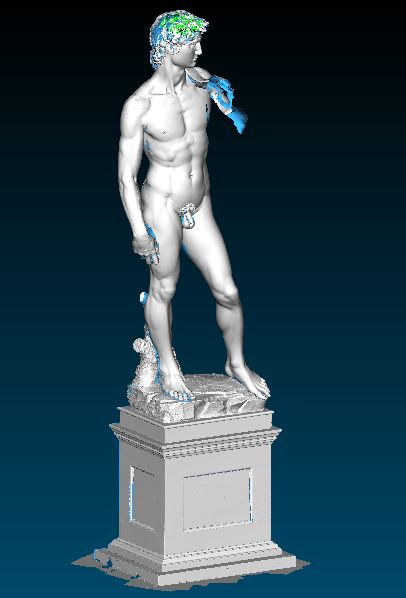A 3D-printed replica of Michelangelo’s famous David sculpture, reproduced with the use of scanning technology by Hexagon, was unveiled during a ceremony at the Italy Pavilion at Expo 2020 in Dubai.
|
ADVERTISEMENT |
The event was attended by the Italian Minister of Foreign Affairs and International Cooperation, Luigi Di Maio; the United Arab Emirates’ Minister of State for Tolerance, Ahayan Mabarak Al Nahayan; the Minister of State for International Cooperation and Managing Director for Expo 2020 Dubai, Reem Al Hashimy; and the Minister for Culture and Youth, Noura Al Kaabi. The so-called “David Twin” will be the centerpiece of the Pavilion’s Theatre of Memory.
|
|
The project to create the replica posed numerous challenges, not least due to the scale of the original, which stands at more than 17 m tall and weighs more than 5 tons.
…


Add new comment